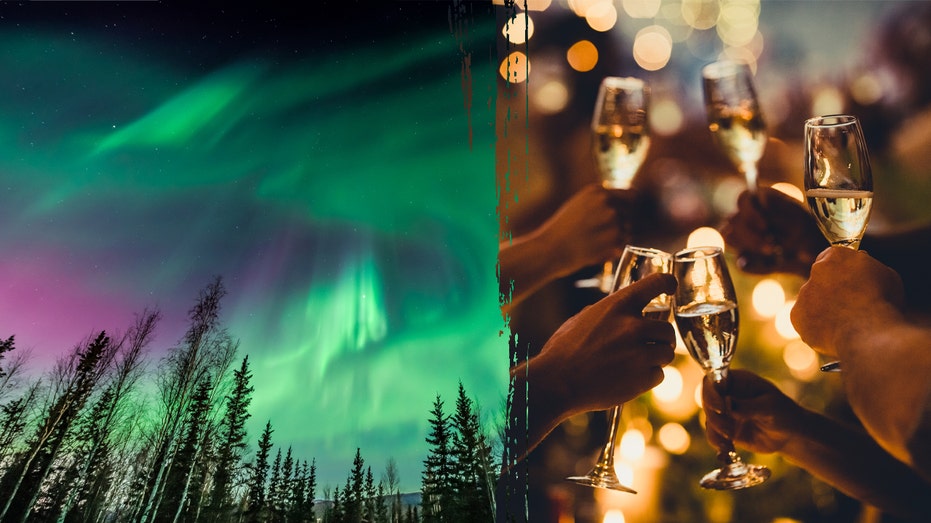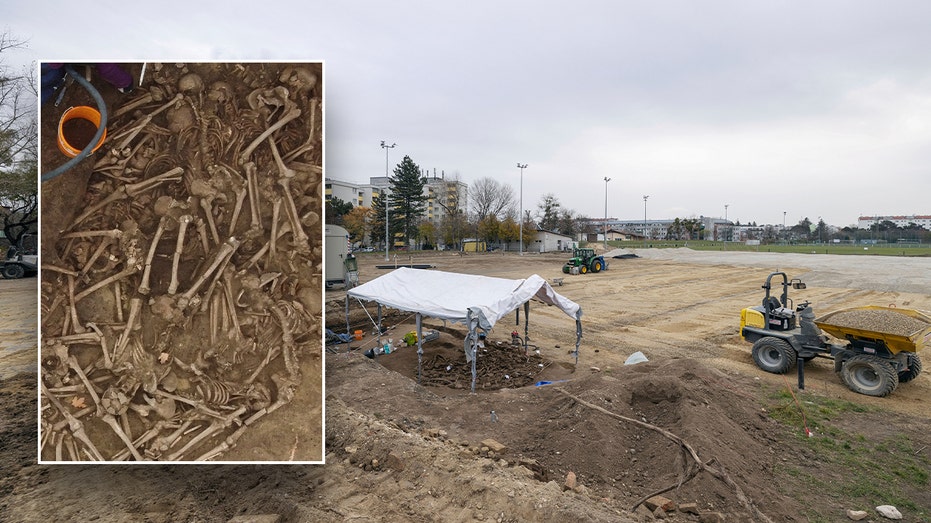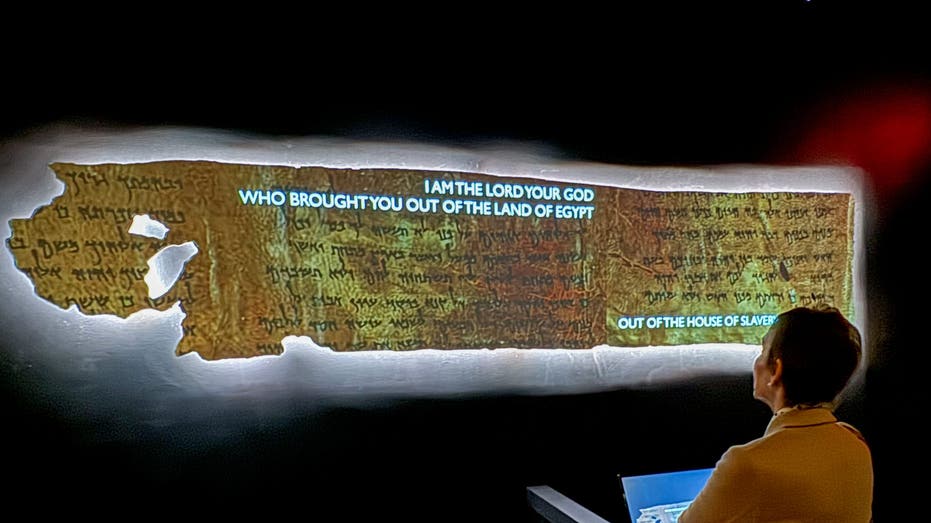- by foxnews
- 08 Apr 2025
New Year's Eve storm could make Northern Lights visible in US as Americans ring in 2025
Celebrate the New Year from Vermont to Maine with the stunning, dancing, Northern Lights that may be seen until Jan. 1 due to a geomagnetic storm. Here's how to to maximize your view.

Solar storms, a result of two bursts of plasma hurtling towards Earth, may bring the Northern Lights into view early this week, according to the U.S. National Oceanic and Atmospheric Administration (NOAA).
"A flurry of activity occurred the weekend of 28-29 December as active regions and (sun) spot groups became unstable," the NOAA'S Space Weather Prediction Center (SWPC) reported.
A tracker on the NOAA's website noted that it "shows a 'viewline' that represents the southernmost locations from which you may see the aurora on the northern horizon.
Alaska, Washington, North Dakota, South Dakota, Minnesota, Wisconsin, Michigan, New Hampshire, Vermont and Maine have the possibility of taking in the spectacular light display.
While parts of Oregon, Idaho, Wyoming, Iowa, Nebraska, Illinois and even New York might get a slight view of the lights.
"The aurora does not need to be directly overhead but can be observed from as much as 1,000 km away when is the aurora is bright and if conditions are right."
FOX Weather reported that one of the coronal mass ejections (CME) hit the Earth's atmosphere Tuesday afternoon, which resulted in a Geomagnetic Storm Watch through the first day of the New Year.
The SWPC anticipates the geomagnetic storm will continue into Tuesday evening, as people will ring in the New Year all around the country.
When it comes to seeing the Northern Lights, there are a few factors to take note of in order to maximize your view - location, timing, geomagnetic activity and darkness.
The most important thing when it comes to your location, is finding a spot with little to no obstructions.
The best time to see the lights is in the late evening or early morning, which is certainly the case this New Year's Eve and New Year's Day.
"Best aurora is usually within an hour or two of midnight (between 10 p.m. and 2 a.m. local time)," according to the Space Weather Prediction Center (SWPC).
"There may be aurora in the evening and morning, but it is usually not as active and therefore, not as visually appealing."
The best time to see the Northern Lights is when the planetary K index is at an eight or nine, and the aurora moves toward the equator, the weather service site said.
"Strong, Level 3 out of 5, geomagnetic storms are possible on Tuesday, and minor Level 1 storming is forecast for New Year's Day. However, space weather forecasters are considering upgrading the watch to a Level 2," FOX Weather reported.
In order to get the best possible view of the aurora borealis, find the darkest spot possible.
"The full moon will also diminish the apparent brightness of the aurora (not the actual brightness)," the SWPC continued.
You'll also want to be sure it's a clear night, with no clouds in the sky.
- by foxnews
- descember 09, 2016
Ancient settlement reveals remains of 1,800-year-old dog, baffling experts: 'Preserved quite well'
Archaeologists have recently unearthed the remarkably well-preserved remains of a dog from ancient Rome, shedding light on the widespread practice of ritual sacrifice in antiquity.
read more




